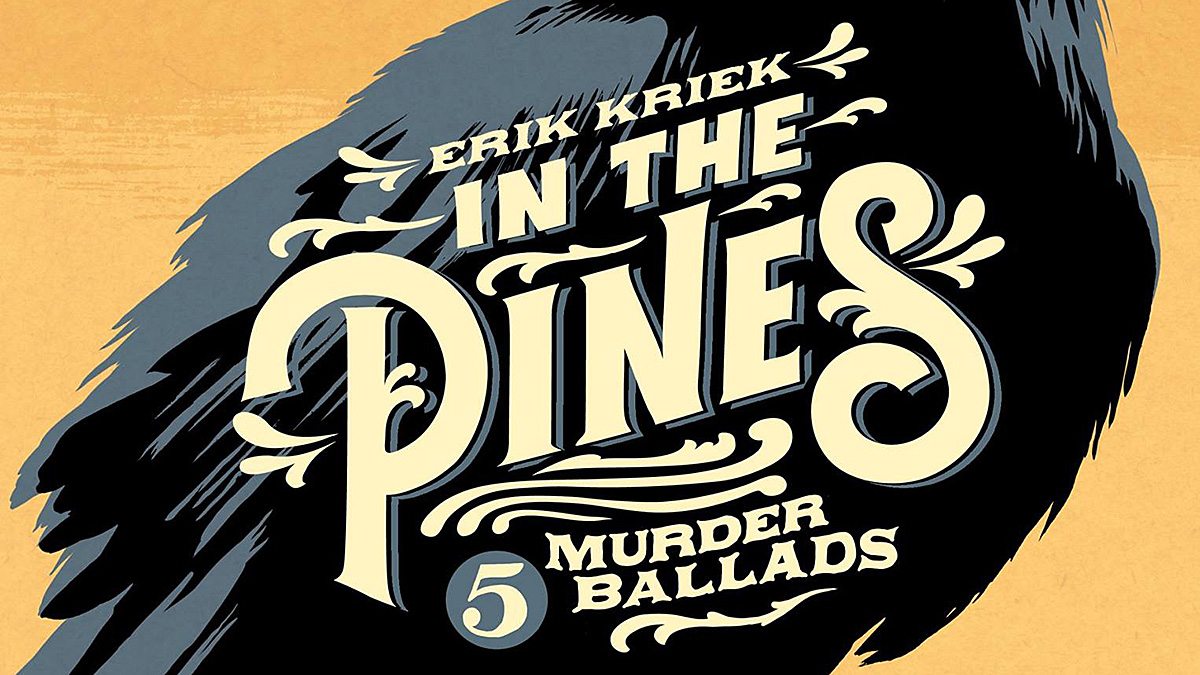
In the Pines by Erik Kriek is a graphic novel in which Kriek takes five well-known murder ballads and transforms them into haunting, macabre illustrated narratives. An accompanying album available via Apple Music, Amazon, Google Play, and Spotify allows you to listen to bluegrass takes on each of the songs for yourself. Some of the stories hint at supernatural elements, though it could be argued that guilt is responsible for the seemingly paranormal events. Interestingly, the murder ballad from which In the Pines takes its name is not one of the five adapted into graphic narratives (although it does appear on the album).
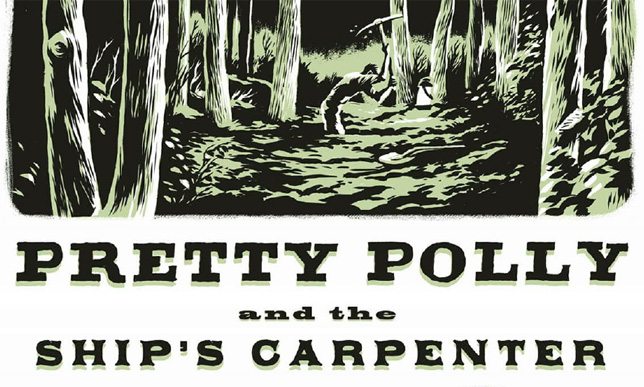
Pretty Polly and the Ship’s Carpenter
The first ballad/story included in In the Pines is “Pretty Polly and the Ship’s Carpenter,” the story of a young man who, after getting a young woman pregnant, lures her into the woods to kill her and bury her in a shallow grave, only for her ghost to follow him out to sea.
This tale is based a traditional folk song dating back to at least the mid-1700s, with the events in the song possibly based on a real incident in 1726. It is a popular banjo tune in the US and has been featured on both Deadwood and House of Cards. This was probably my favorite of the five stories in the book for the sense of foreboding it created in both the scenes set at sea and the flashbacks to land.

The Long Black Veil
“The Long Black Veil” is a far more recent tale which originated in the 1950s and was originally recorded by Lefty Frizzel. This story is told from the perspective of a man who is falsely accused of murder. He does have an alibi. However, to reveal it would mean revealing that he was having an affair with his best friend’s wife, and so he remains silent to avoid ruining her name, leading him to the gallows. It’s a tragic tale and another of my favorites from the collection because of how intensely personal it feels over just a few short pages.
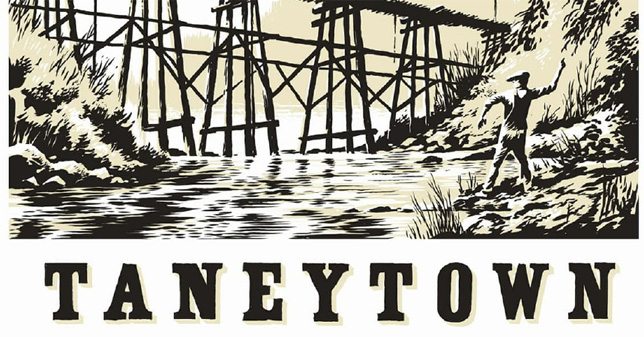
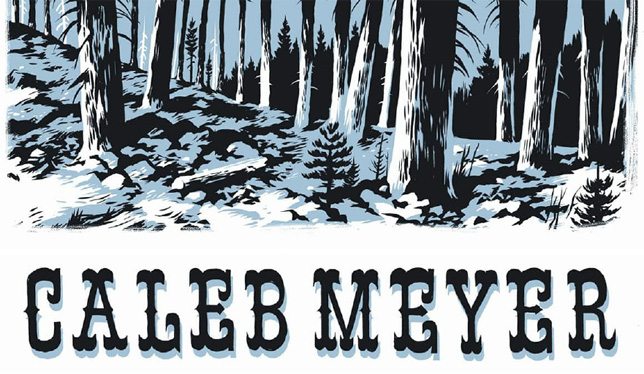
Taneytown and Caleb Meyer
“Taneytown” (Steve Earle, 1997) and “Caleb Meyer” (Gillian Welch, 1998) both focus on difficult subjects and might be the two most uncomfortable stories included in In the Pines. The former focuses on race issues in the US when a young man of color visits the mostly white Taneytown where he is set upon by white men and ends up attacking one with a knife in self-defense. The protagonist escapes but later discovers that another young black man was lynched in his stead. In Caleb Meyer, a woman is approached by mountain man Meyer who attempts to rape her. She fights back, fatally injuring him and escaping.
The book version of “Caleb Meyer” adds much more backstory to the original song and introduces a recurrent miscarriages plot for the woman and her husband, leading to a disturbing possibility by the story’s end. Both are uncomfortable tales to read given the current climate and I found them by the far the most visceral of all the stories in In the Pines, but that discomfort serves to make such tales all the more important to tell.
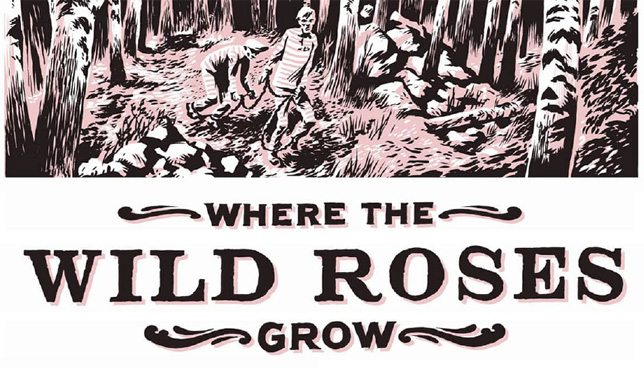
Where the Wild Roses Grow
The final song is another modern selection. “Where the Wild Roses Grow” was originally recorded by Nick Cave and The Bad Seeds with Kylie Minogue in 1995. I was especially looking forward to reading this story, the last in the book, because I love the original song, but I found myself the least impressed with it. This was mostly due to the shift away from the songs original plot, adding in large amounts of backstory which I didn’t feel worked with the original lyrics, especially considering how much the ending is changed in this telling.

In the Pines
In the Pines ends with several pages that explore the origins of the murder ballad, and of the five songs included here. This helps to ground the book in history and offers some extra depth to the story-telling.
This is a dark, often difficult read covering a litany of uncomfortable themes beyond the obvious. It is disturbing, macabre, yet beautiful and is likely to appeal to fans of shows like Twin Peaks and Hannibal which are known for blending stunning visuals with twisted storylines. For those able to appreciate it, despite its morbid subject matter, it is a gorgeous and unusual addition to your bookshelf.
GeekMom received this book for review purposes.


